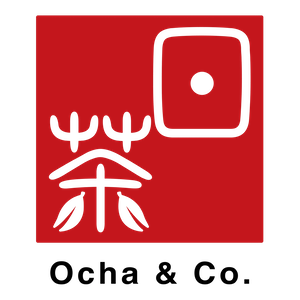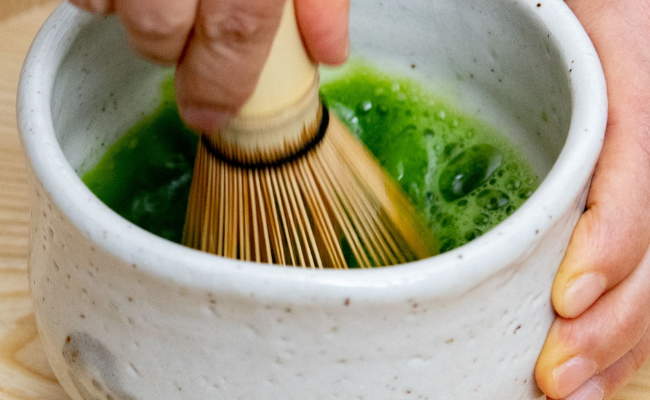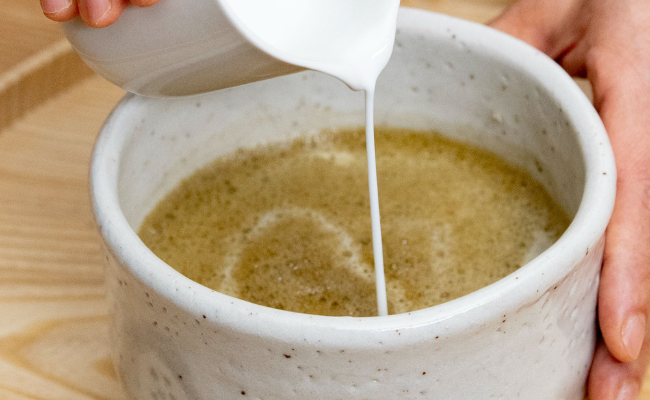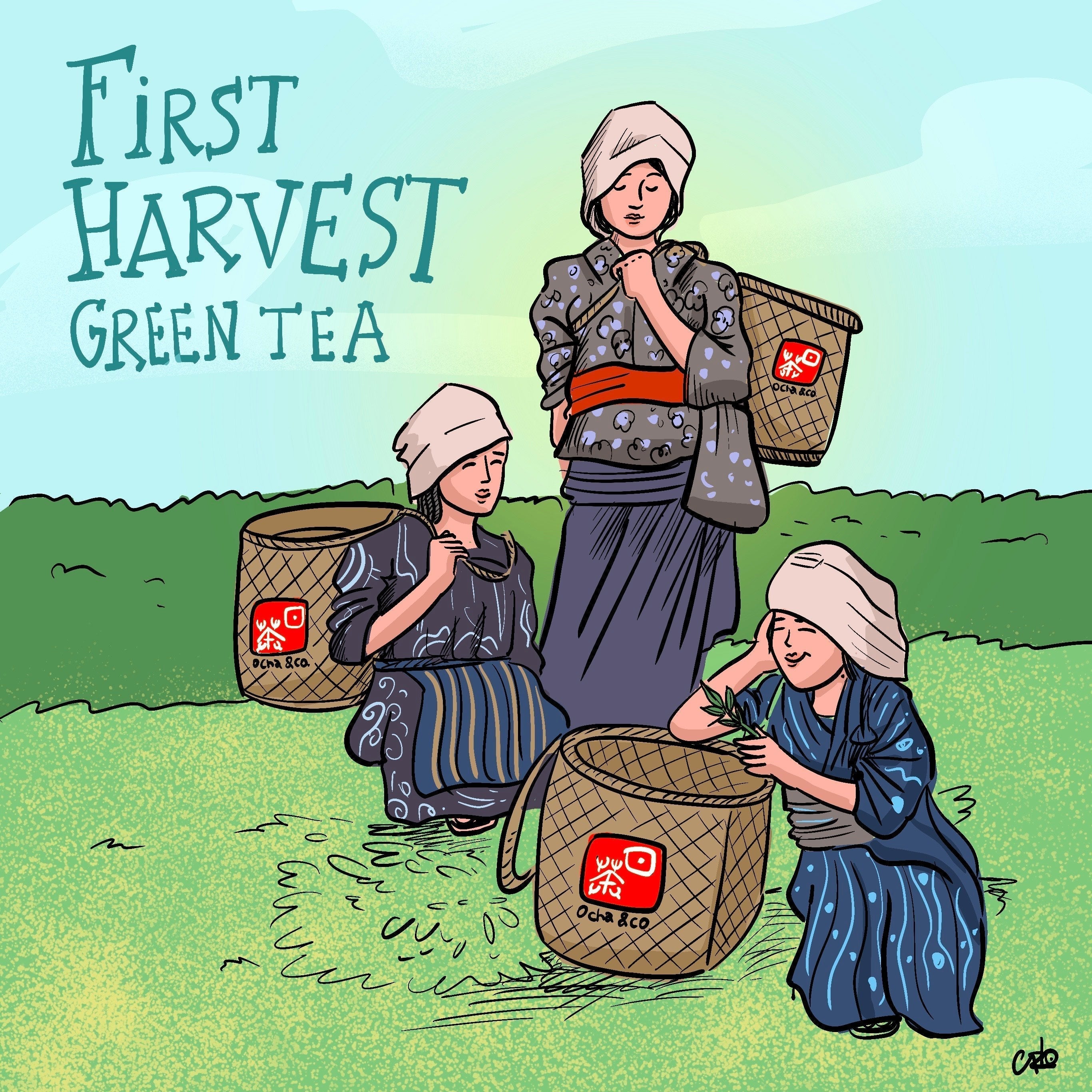Discover the Wellness of Okinawan Tea: A Journey Through Tradition and Health
The Enduring Appeal of Okinawan Tea
Fresh from our family holiday in Okinawa—the southernmost prefecture of Japan—we came back inspired not only by the region’s rainforest landscapes, pristine beaches, and rich cultural tapestry but also by its incredible tea culture. Okinawan tea is deeply rooted in the traditions of the former Ryukyuan Kingdom and shaped by influences from China, Taiwan, and mainland Japan. This island chain is globally renowned for its residents’ longevity, and we quickly discovered that a vibrant tea culture plays a significant role in their wellness rituals.
Below is a curated guide to some of the most celebrated Okinawan teas. From fragrant jasmine blends to antioxidant-rich herbal infusions, Okinawan tea embodies the spirit, resilience, and vitality of the islands.
Sanpin-cha: The Quintessential Okinawan Tea
Among Okinawan teas, Sanpin-cha (さんぴん茶) reigns supreme. Translating directly to “jasmine tea,” Sanpin-cha combines lightly fermented Chinese tea leaves with the delicate floral notes of jasmine. This creates a refreshingly fragrant brew that's become an everyday staple in Okinawan households.
Unlike typical jasmine green teas, Sanpin-cha’s foundation often includes a blend of black or white Chinese tea leaves, resulting in a more rounded flavor. Widely enjoyed cold, especially during Okinawa’s humid summers, it pairs beautifully with the local cuisine and is available in vending machines, grocery stores, tea bags, loose leaf, and bottles. In Okinawa, Sanpin-cha isn’t just tea—it’s a daily rhythm.
Goya Tea: Okinawa’s Bitter Secret to Longevity
Goya, or bitter melon, is central to Okinawan cooking and wellness. Used in iconic dishes like goya champuru, it’s also steeped as a tea, cherished for its nutrient density and energising bitterness.
To brew goya tea, chopped bitter melon is soaked in water, then boiled briefly. The result is a tea with a tart edge, thought to activate the body’s metabolism and provide a rich dose of antioxidants. Available both fresh and in tea bag form, goya tea is a bold and invigorating member of the Okinawan tea tradition.
Ucchin (Turmeric Tea): The Golden Tonic
Locally known as “ucchin” or “ukon,” turmeric has long been used in Okinawa as a healing remedy. With origins tracing back to the Spice Route, turmeric tea is revered for its anti-inflammatory and digestive benefits.
Modern Okinawans often consume it in bottled, canned, or powdered forms. It’s even marketed in convenience stores as a hangover cure. This vibrant golden tea not only supports wellness but also represents Okinawa’s centuries-old connections to other cultures and healing philosophies.
Shell Ginger Tea: Okinawa’s Polyphenol Powerhouse
Called “sannin” in the native Uchinaaguchi language or “gettou” in Japanese, Shell Ginger is a plant unique to Okinawa’s tropical flora. Beyond its culinary use in preserving rice cakes, its leaves are brewed into a tea packed with polyphenols—34 times more than red wine.
Shell Ginger tea delivers a complex flavor of floral and spicy notes and is often enjoyed iced or with milk. It’s also blended with other herbs like lemongrass for a customizable and health-forward tea experience.
Guava Leaf Tea: Subtle, Earthy, and Digestive-Friendly
Guava tea is made from carefully selected Okinawan guava leaves. Whether sun-dried or steamed, these leaves yield a tea that offers a balance of sweetness and slight bitterness, appreciated for its antioxidant and digestive benefits.
Some producers gently crush the steamed leaves to optimize nutrient extraction. Resembling green tea in appearance, Okinawan guava tea is a harmonious blend of tradition and functional health.
Okinawa Milk Tea: Kokutō-Caramel Indulgence
This popular tea, known as Kokutō Milk Tea or Tiger Milk Tea, features Okinawa’s famed brown sugar—kokutō—combined with black tea and whole milk. The kokutō syrup gives it a distinct caramel flavor and nutritional boost with calcium, iron, and potassium.
You’ll find it in local cafés, boba shops, or as a DIY powdered mix. It’s one of the sweetest and most indulgent ways to experience Okinawan tea.
Hibiscus Tea: Crimson Cool and Tartly Refreshing
Hibiscus tea, brewed from roselle calyxes, is a summertime favorite in Okinawa. Its tart cranberry-like flavor and vibrant red color make it both beautiful and beneficial. Packed with antioxidants, it’s served chilled and often available in loose flower or bagged form.
Yomogi (Mugwort) Tea: A Green Elixir
Yomogi, or mugwort, has long been a staple in Okinawan herbal medicine. Known for its rejuvenating properties and high chlorophyll content, it is prepared as a tea using whole dried leaves. With a flavor that’s a mix of bitterness, sweetness, and subtle anise, yomogi tea is both a wellness tonic and a unique sensory experience.
The Lasting Legacy of Okinawan Tea
Okinawan tea is more than a beverage—it’s a reflection of the islands’ history, health practices, and deep respect for nature. Whether you’re sipping Sanpin-cha under the summer sun or brewing yomogi for a winter wellness boost, each cup connects you to centuries of wisdom and a culture that celebrates vitality. If you’re looking to embrace longevity and well-being the Okinawan way, introducing Okinawan tea into your daily ritual is a meaningful—and delicious—first step.




